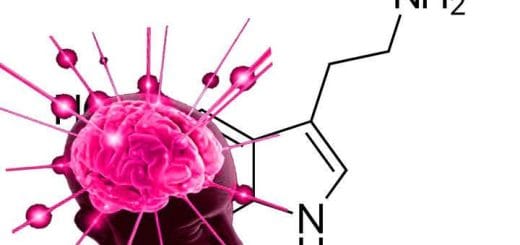Fisiogen Ferro Forte: How to Take It Properly in Powders and Tablets
Fisiogen Ferro Forte is iron in tablets and sachets containing liposomal ferric pyrophosphate. The price, composition, and side effects are as follows. Contents1 What Is Fisiogen Ferro Forte?2 Types of Fisiogen3 Composition4 Iron and...










